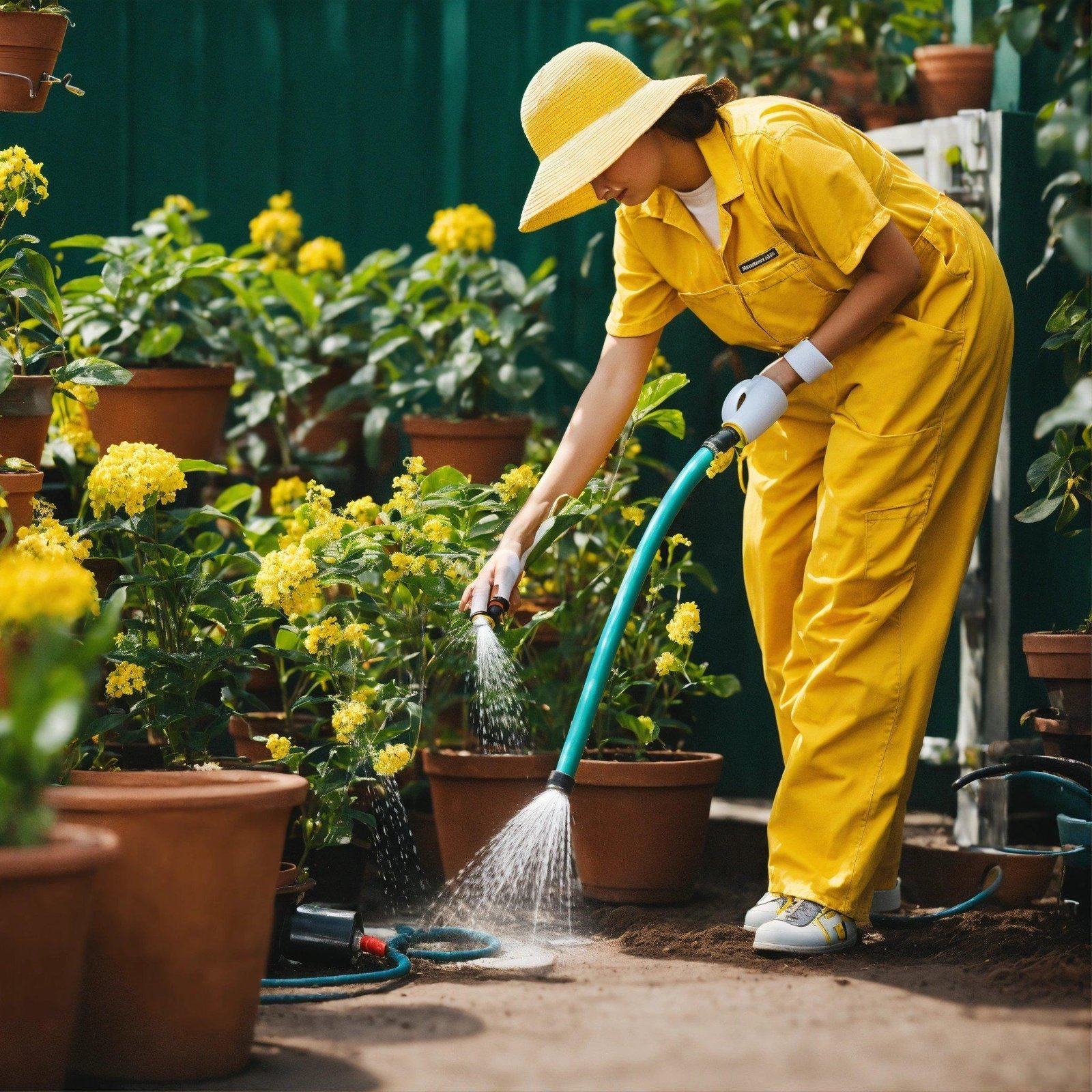Gardens are not only a beautiful addition to any property, but they can also play a crucial role in supporting local ecosystems and promoting biodiversity. One way to enhance the biodiversity of your garden is by including pollinator-friendly native plants in your landscaping.
Native plants are species that have evolved and adapted to the specific conditions of a region over thousands of years. As a result, they are well-suited to local soil, water, and climate conditions, making them low-maintenance and drought-tolerant options for your garden. In addition, native plants provide food and shelter for a variety of native pollinators, such as bees, butterflies, and birds.
Pollinators play a vital role in our ecosystems by transferring pollen from one flower to another, allowing plants to reproduce and produce fruits and seeds. Without pollinators, many plants would not be able to reproduce, leading to a decline in plant diversity and overall ecosystem health. By including pollinator-friendly native plants in your garden, you can help support these important insects and birds and promote a healthy and diverse ecosystem.
There are many benefits to incorporating pollinator-friendly native plants into your garden. In addition to supporting local wildlife and promoting biodiversity, these plants can also attract beneficial insects that prey on garden pests, reducing the need for harmful pesticides. Native plants are also often more resilient and better suited to local conditions, requiring less water and maintenance than non-native species.
When selecting native plants for your garden, it’s important to choose species that are well-suited to your specific region and growing conditions. To help attract a variety of pollinators, consider including plants with a range of flower shapes, colors, and bloom times. Some popular native plants for pollinators include milkweed, coneflowers, bee balm, and butterfly weed.
In addition to planting native species, you can also create a pollinator-friendly habitat by providing shelter, water, and nesting sites for local wildlife. Adding a variety of flowering plants, shrubs, and trees to your garden can help create a diverse and welcoming environment for pollinators. You can also provide nesting sites for bees and other insects by leaving patches of bare soil, installing bee houses, or leaving dead tree snags in your garden.
By incorporating pollinator-friendly native plants into your garden, you can create a beautiful and sustainable landscape that supports local wildlife and promotes biodiversity. So why not boost your garden’s biodiversity with pollinator-friendly native plants today? Your garden, and the planet, will thank you for it.
#Boost #Gardens #Biodiversity #PollinatorFriendly #Native #Plants
Pollinator-friendly native plant species







